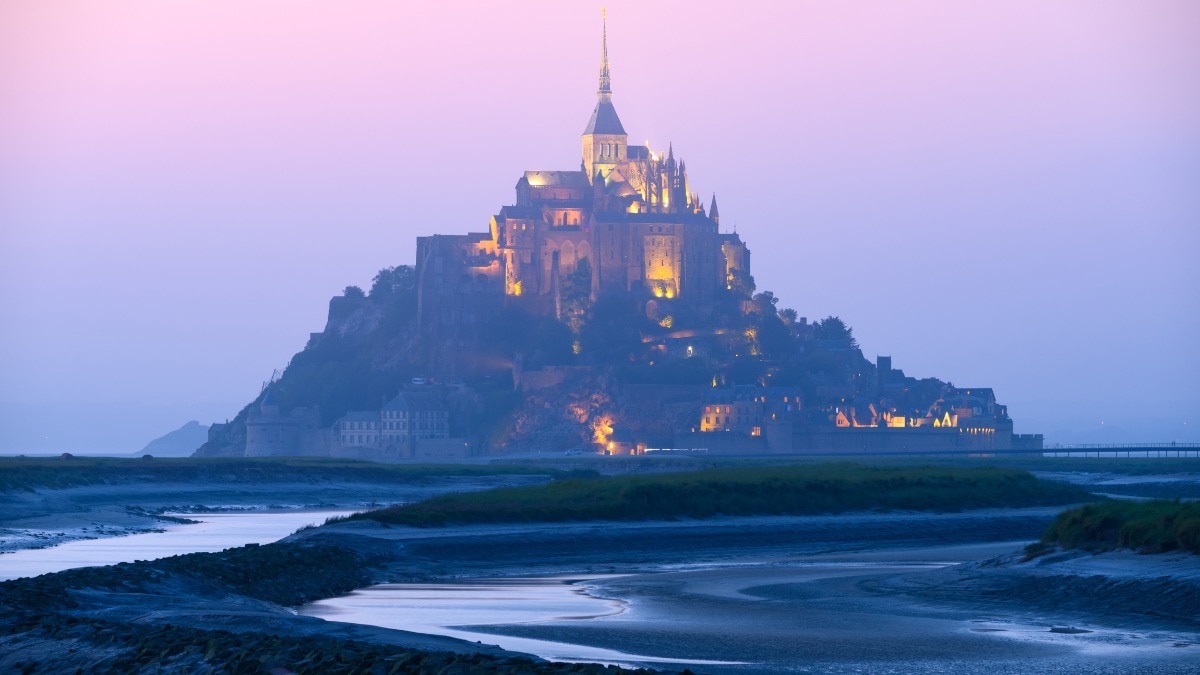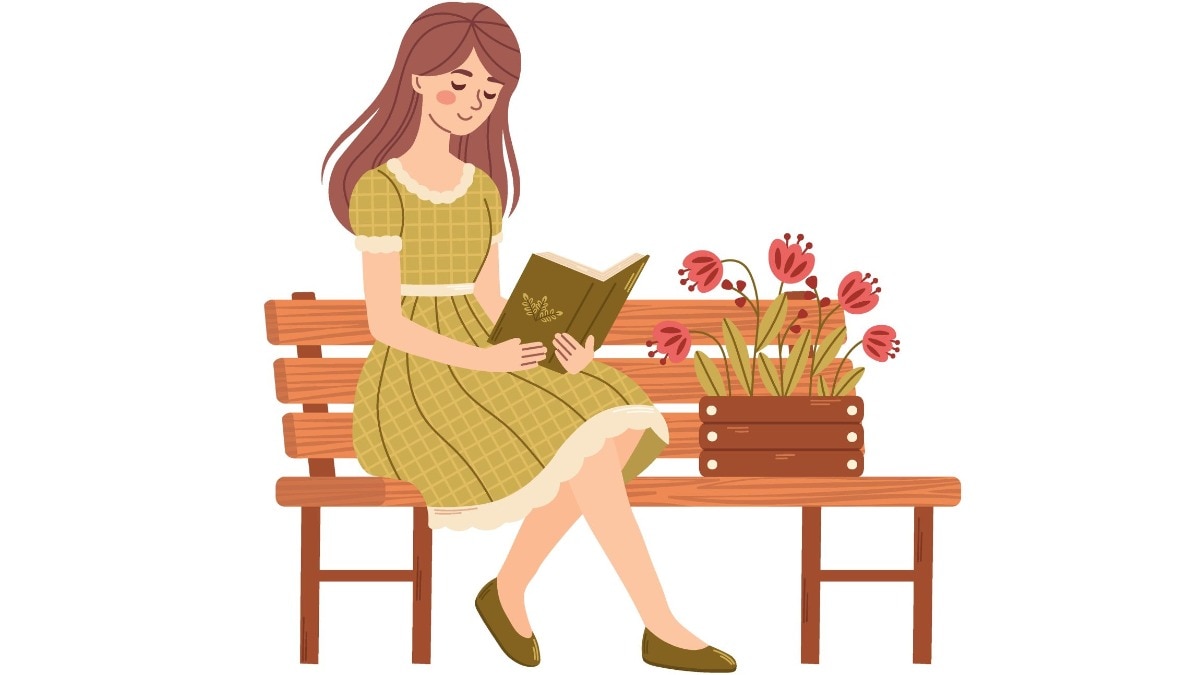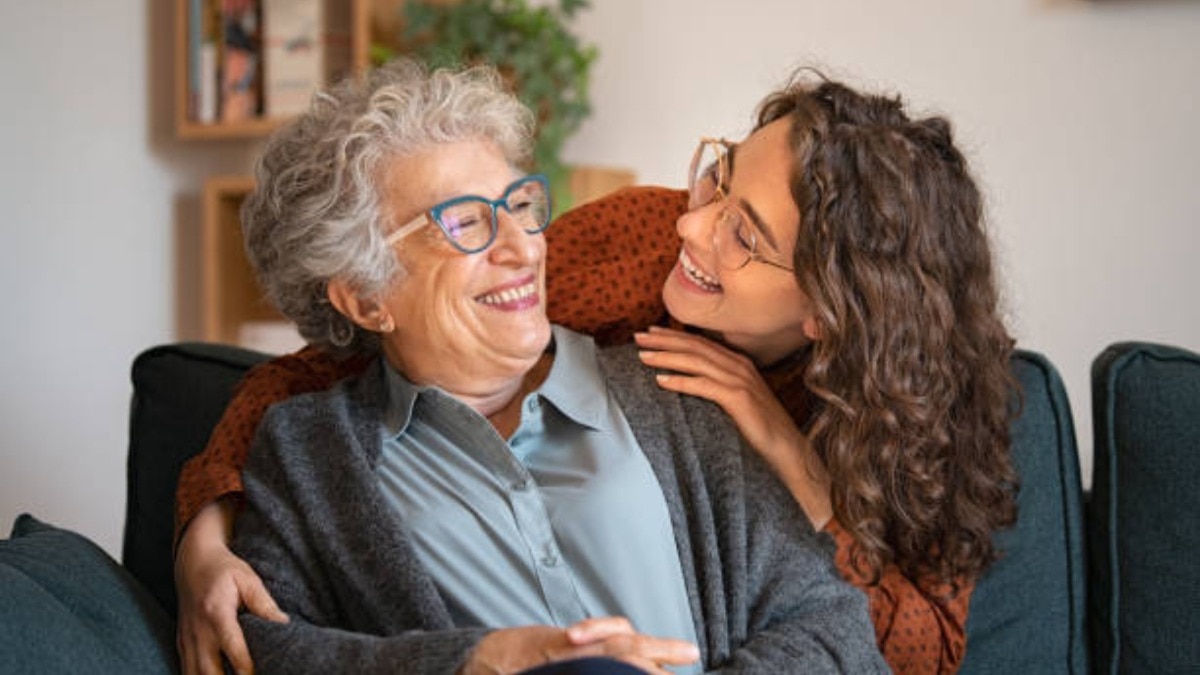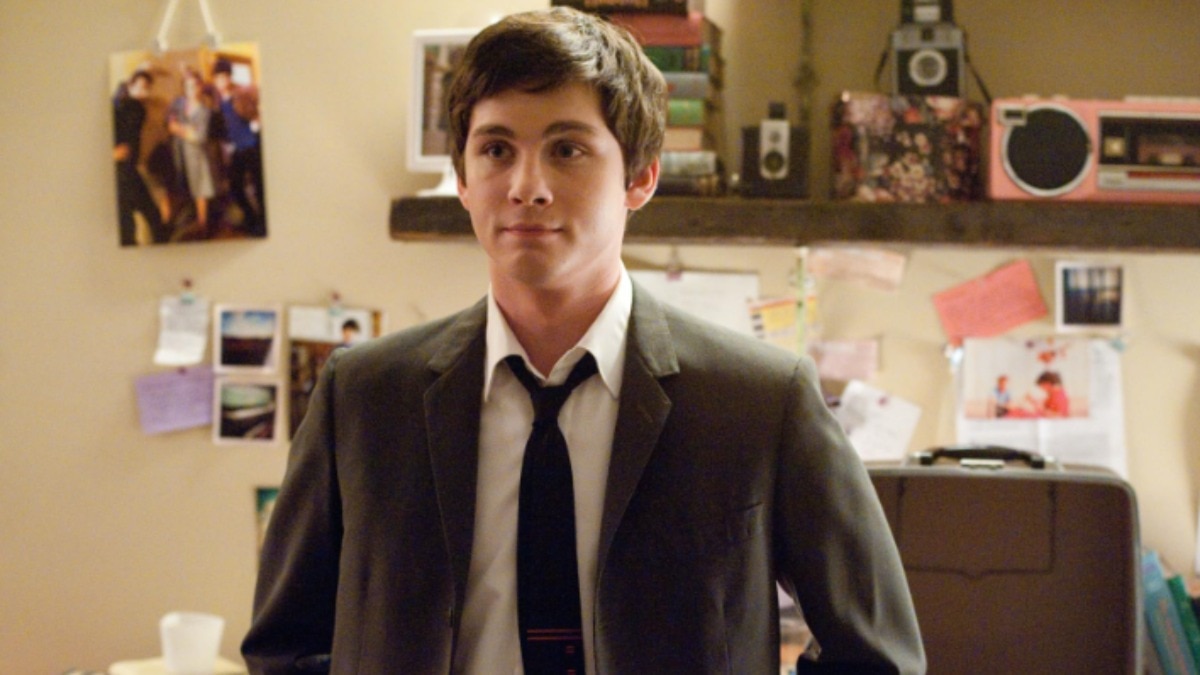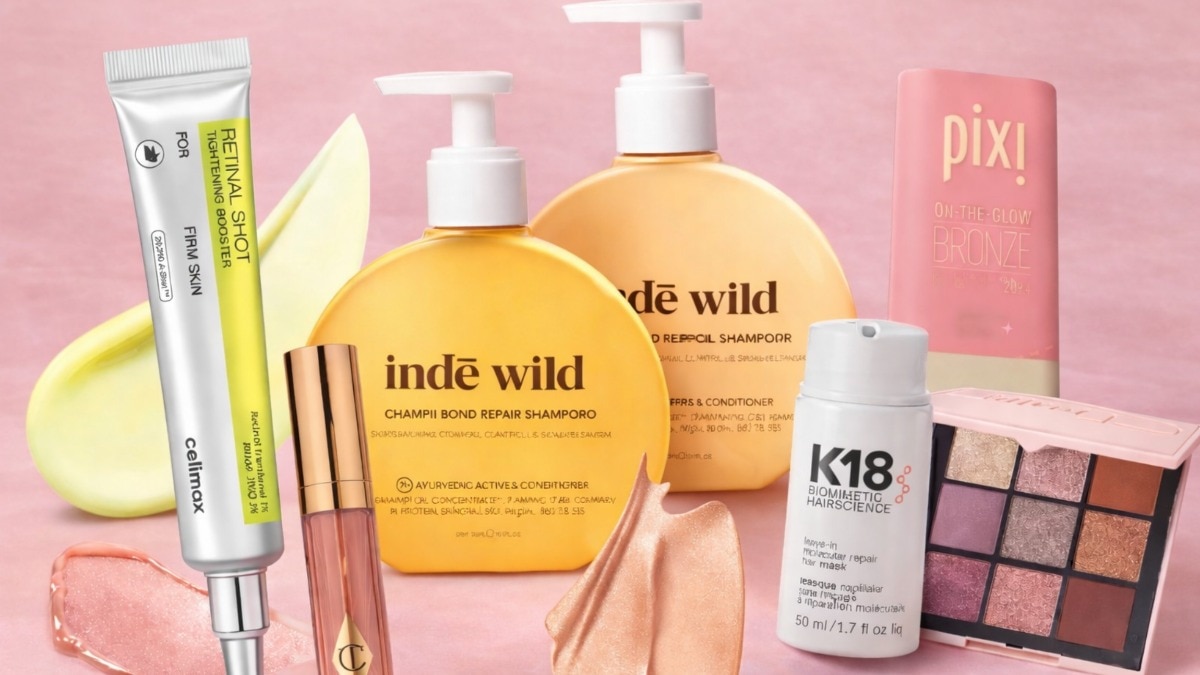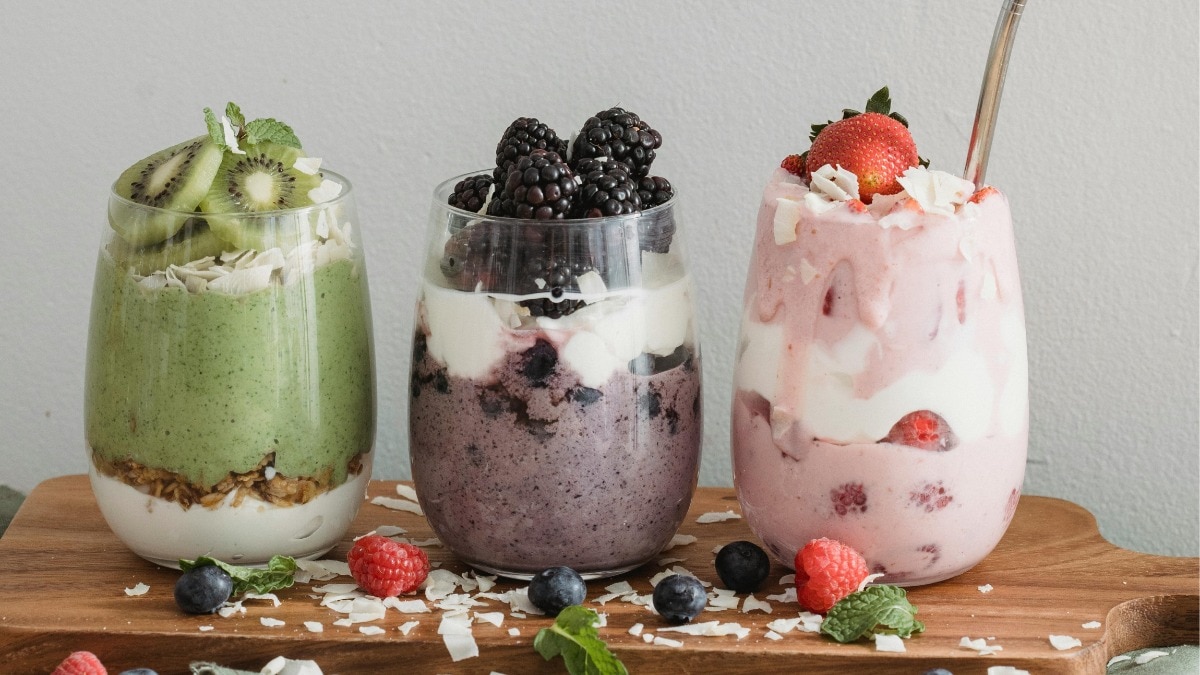Why does representation matter to the queer community?
Can seeing yourself in the media change anything? Let's find out.

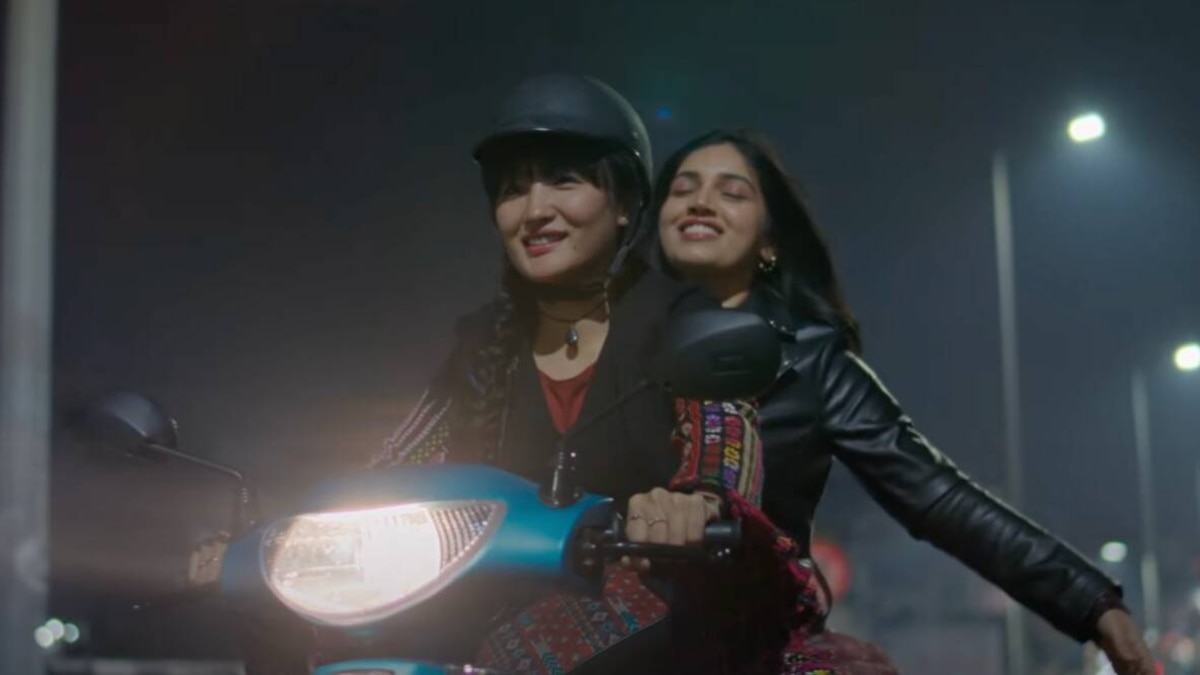
Growing up asexual was quite an experience. I could never understand what was wrong with me; I could never relate to my friends when they talked about their crushes. I never felt attracted to anybody and that made me different from the rest; it made me feel I was not normal. I even resorted to acting ‘normal’ and pretended like I was attracted to people. I was well into my first year in college when I came to know of the term 'asexual', and that being on the asexual spectrum didn't mean I was normal. Maybe, if the 13-year-old me had seen her sexuality being represented in the media, she would not have had to feel confused and alienated. Media and cinema have a mass appeal and the power to sensitise the audiences. Thus, it is important that the queer community is represented well and represented rightly so that people do not think it is abnormal or dangerous or sinful.
Media promotes stereotypes
Movies and TV shows have the power to influence people’s perceptions of communities—whatever they portray is consumed by the audiences with some truth attached to it. The queer community owes a lot of its negative stereotypes to this. For instance, bisexuals are hypersexualised on screen and thus was born a stereotype that all bisexuals are obsessed with sex, and will cheat on you.
When asked how media portrayals affected her perception of her sexuality, TKG (name changed for anonymity), a bisexual woman says, “I have mixed feelings. While I’m glad there is some representation, I wish it was done better and was more realistic. The portrayals, more often than not, play into the stereotypes and that hurts me. I watched certain Indian queer shows and movies with my parents and was disappointed and only kept thinking, how are people supposed to accept us when our lifestyles are represented in such odd lighting. We are normal people, living normal lives and our attraction to a certain gender doesn’t make us alien.”
Bisexuals are not the only ones to suffer from this misrepresentation. Simran* is a non-binary lesbian scholar, who has always had a problem with lesbian stereotypes playing out in movies. They say, “Everything people know about lesbians comes from media representations and so they don't really understand the gender expressions within the lesbian community. They think a butch is essentially someone who wants to become a man and a femme is the one who wears a skirt in the relationship. It's a very biased point of view. They also assume that two butch people cannot be in a relationship and there always has to be a Bucha and femme in a lesbian relationship.”
How to do representation right?
Though a lot of damage has already been done to the perception of the queer community, it's not too late to make it right. Queer characters have a personality that is not limited to their sexuality.
Darryl Whitefeather from Crazy Ex-Girlfriend is a fresh take on a bisexual character sketch; he is divorced, has a daughter, and is absolutely not sexualised. He even sings Gettin' Bi, on the show, which has gone on to become the official bisexual coming-out anthem. Throughout the show, he dates men and women, but his sexuality is never shown to be a point of conflict in his relationships. This conveys to the audience that sexuality is just a part of a person's personality and believing in stereotypes or labelling will only box them up.
Does India do representation right?
India has come a long way in queer representation. Earlier, queer characters were mostly used as comedic relief—for instance, Anupam Kher in Mast Kalandar (1991). Now, with movies like Badhaai Do, and Geeli Puchi, the queer community is being represented and their issues are being talked about to a larger audience.
Badhaai Do tackles the concept of lavender marriage wherein Rajkummar Rao and Bhumi Pednekar marry each other to hide their sexualities from their families and fulfill the societal expectation of heterosexual marriage. It is also one of the few Bollywood films which does not villainise or sexualise a lesbian relationship. On the other hand, Geeli Puchi brings forth a very real problem faced by the queer community on screen. It talks about power dynamics in a relationship and how your social standing and caste, too, affect your relationships. It brings intersectional representation of the Dalit queer community with the character of Bharti Mandal played by Konkana Sen Sharma
While Indian cinema now does queer representations, it does not recruit queer characters to act out the roles of their community. When will we see actual queer actors on screen? We don’t know, but if things continue the way it is then it might not be very long till this dream comes true.
*Name changed for anonymity

